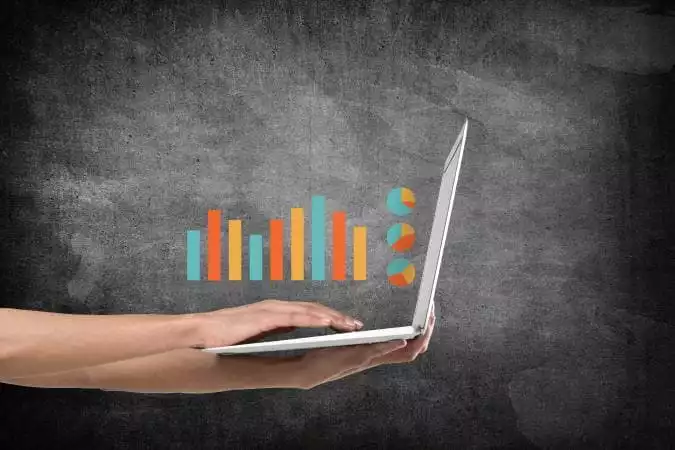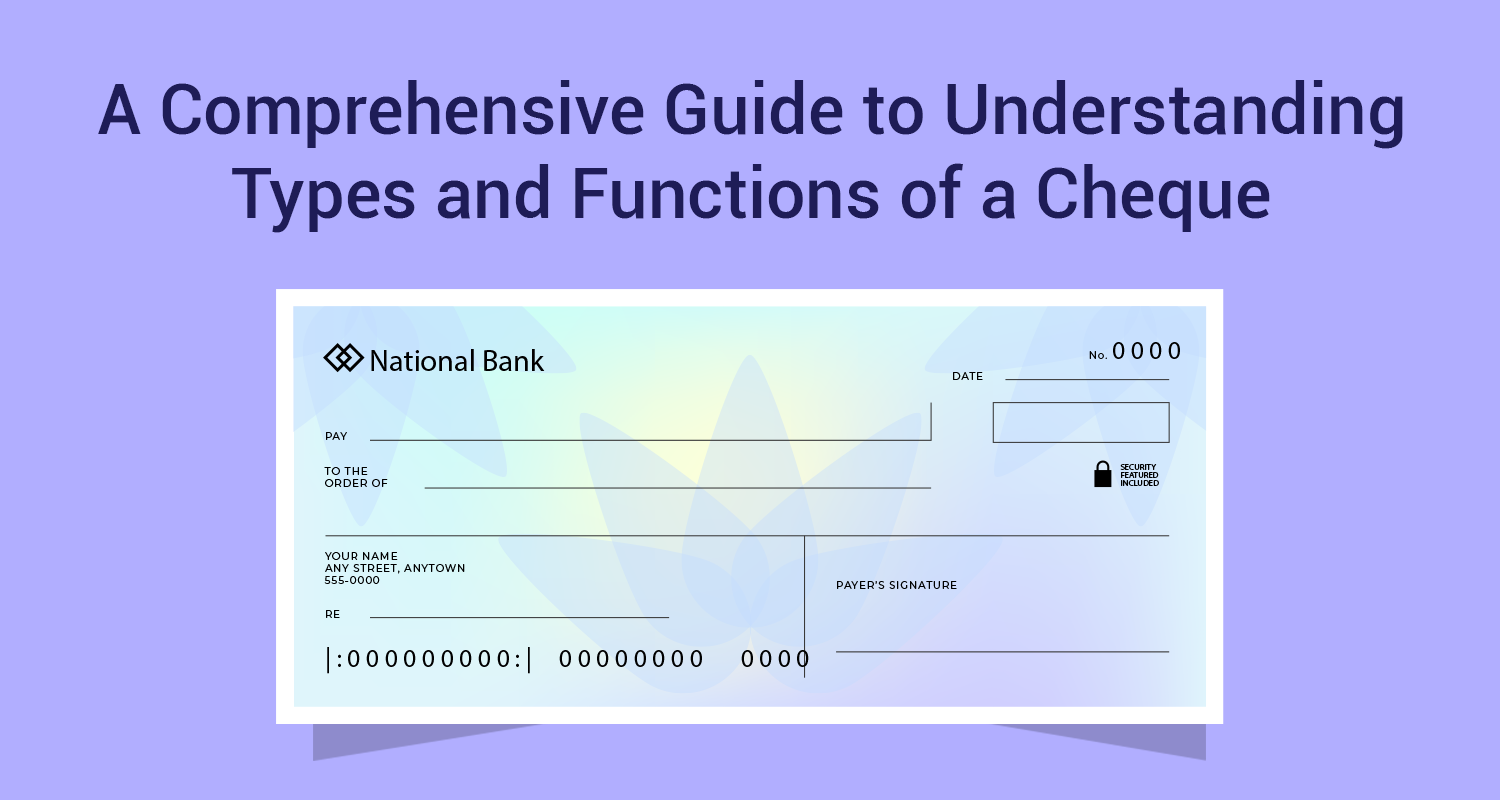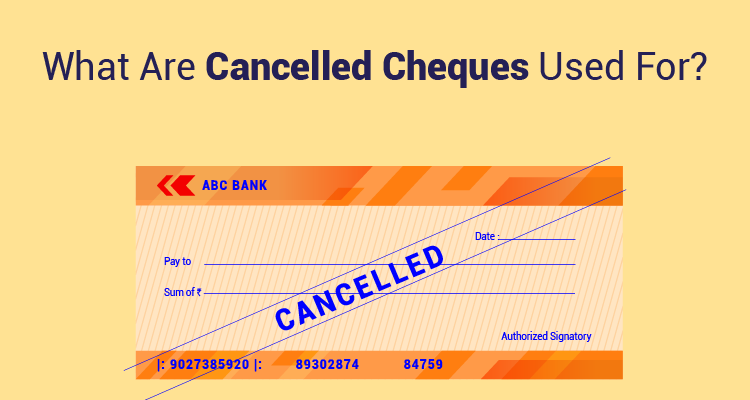How to Build Your Mutual Fund Portfolio?

One of the keys to investing in mutual funds is to build your mutual fund portfolio. It takes a long time to build your mutual fund portfolio and it is a gradual and iterative process. There are five keys steps you need to remember when it comes to building your mutual fund portfolio.

Start with your risk tolerance
Before you start investing in mutual funds, you need to be clear on your risk tolerance. To find out your risk tolerance you need to start with your long term and medium term goals. Remember, risk tolerance does not remain static over time. It changes with growing age and also with changing circumstances. For example, when you are investing in mutual funds for long term goals like retirement, then you can create a portfolio that is predominantly equity funds. In case you are looking at building a medium term portfolio to meet your needs for home loan margins or a foreign holiday then you can look at a combination of debt funds and balanced funds. Thus your mutual fund portfolio creation begins with understanding your risk tolerance. You need to figure whether your risk tolerance with respect to a specific goal is high, medium or low.
The next step is to work out your asset allocation
Asset allocation is your actual mix of mutual fund assets. Once your goals are defined you have a rough idea of how to proceed. The next step is to work out the specific asset allocation. Once you are clear on the mix of equity, debt and liquid funds, the next step is to get down to a more granular classification. Within equity funds should you be in index funds, diversified funds or multi cap funds? Within debt funds should you be buying income funds, gilt funds or should you lock yourself into FMPs? Can you take the risk of credit funds? Finally, we come to liquid funds. Should you only stick to a liquid fund or can you take the risk of short term funds and liquid-plus funds? Above all, should you have any exposure to gold funds and international FOFs? All these questions get addressed at this juncture.
A core and satellite approach works best
A very interesting part of creating your mutual fund port is the classification of your mutual fund portfolio into core and satellite segments. The core portfolio is that which we have tagged to long term goals that are mission-critical. You donât intend to tamper with that. Select your core portfolio accordingly in such a way that constant rebalancing is not required. The satellite portfolio is where you look for opportunities. How tweak your equity portfolio if P/E is above 25? How to tweak your debt portfolio if inflation is going up and there is likelihood of the RBI hiking rates? The satellite portfolio can be the one where you can have a more proactive approach to asset allocation.
Focus on consistency above all
Whether you are invested in equity funds or debt funds, focus on consistency. What do we understand by consistency? Let us look at a comparison of two equity funds
|
Date |
Fund X - NAV |
Returns |
Fund Y - NAV |
Returns |
|
Jan 01st 2015 |
Rs.100 |
- |
Rs.100 |
- |
|
Dec 31st 2015 |
115 |
15.00% |
Rs.133 |
33.00% |
|
Dec 31st 2016 |
136 |
18.26% |
Rs.123 |
-7.52% |
|
Dec 31st 2017 |
155 |
13.97% |
Rs.155 |
26.02% |
|
|
CAGR |
15.79% |
CAGR |
15.79% |
In both the above cases of Fund X and Fund Y, the NAV has grown from Rs.100 to Rs.155 in 3 years implying a CAGR return of 15.79%. However, the difference is the consistency of returns and that is where Fund X scores over Fund Y. When it comes to fund selection always prefer funds that are more consistent because they are more predictable and therefore more reliable.
Finally, monitor and rebalance your mutual fund portfolio
You do not have to monitor your mutual fund portfolio on a regular basis. But a quarterly review, an annual stock taking and a rebalancing once in 3 years may be called for. When you do a quarterly review the focus is more to ensure that your choice of funds is correct. When it comes to annual review, you must also check that your goals are on target with respect to specific goal posts. Rebalancing will be done primarily on the satellite portfolio. Any rebalancing of the core portfolio will only be done in the case of very strong macro or micro triggers. That is because rebalancing of your portfolio has a cost in terms of transaction costs and taxation. Hence it must be used sparingly.
Disclaimer : The information in this blog is for general purposes only and may change without notice. It does not constitute legal, tax, or financial advice. Readers should seek professional guidance and make decisions at their own discretion. IIFL Finance is not liable for any reliance on this content. Read more



